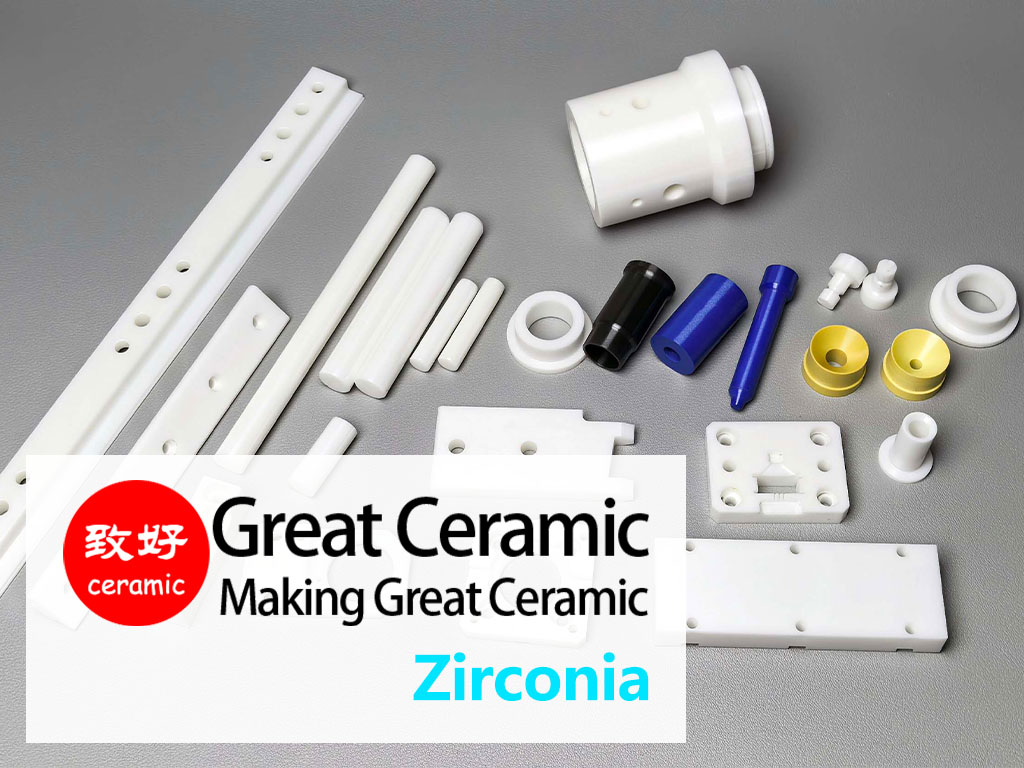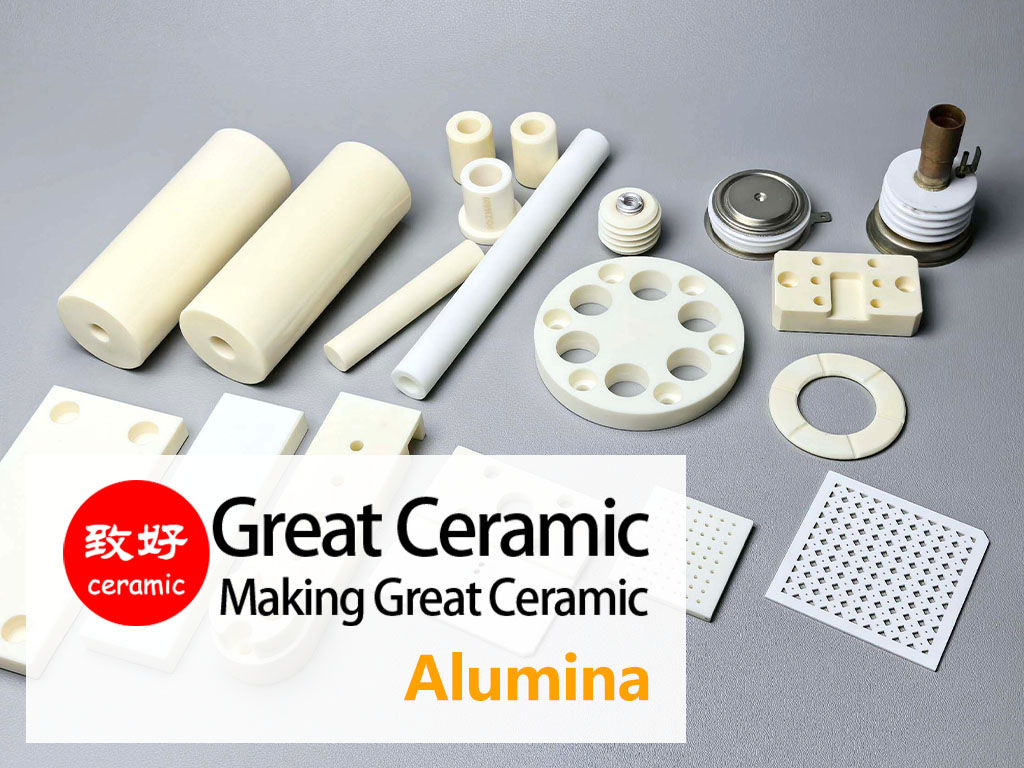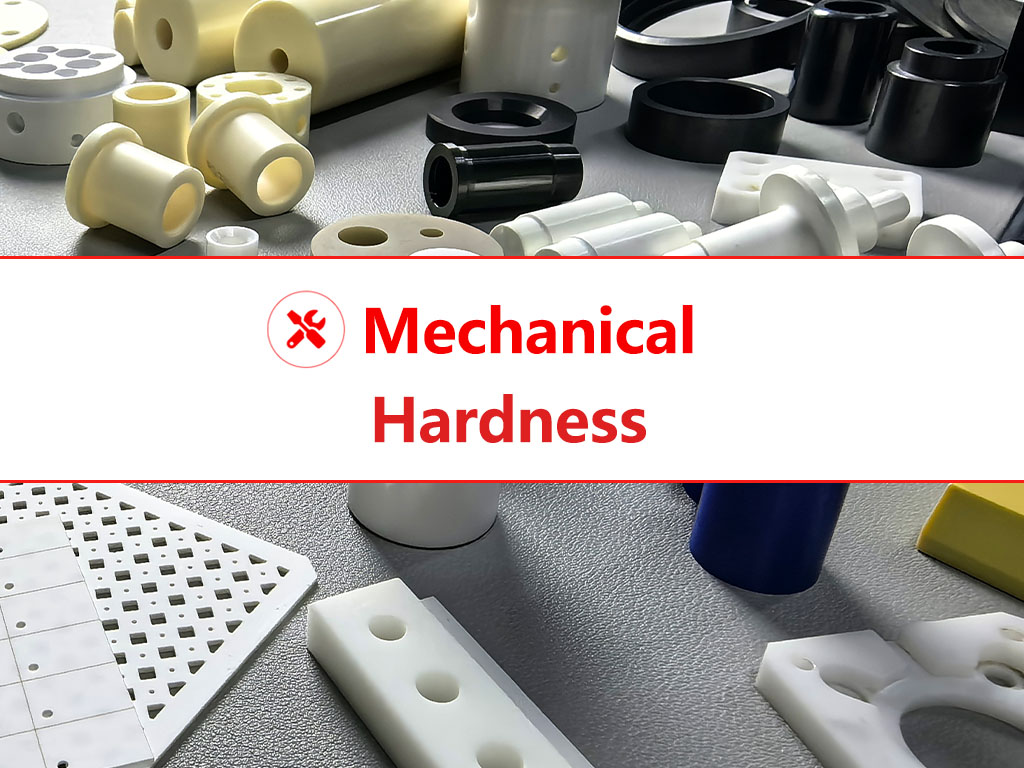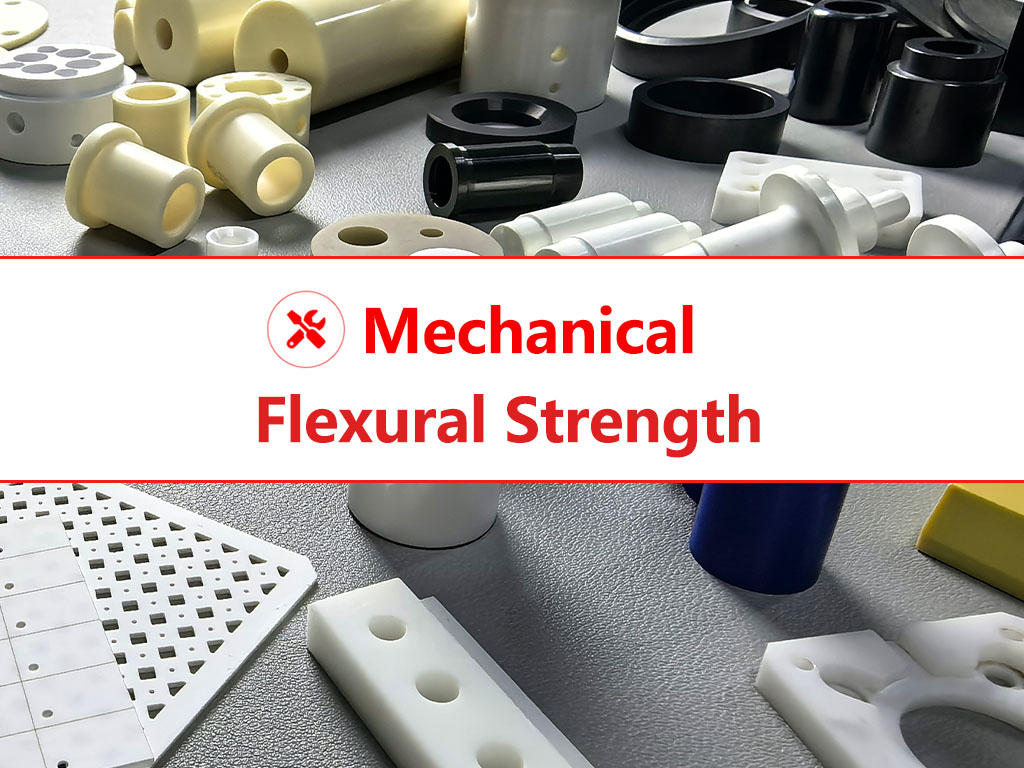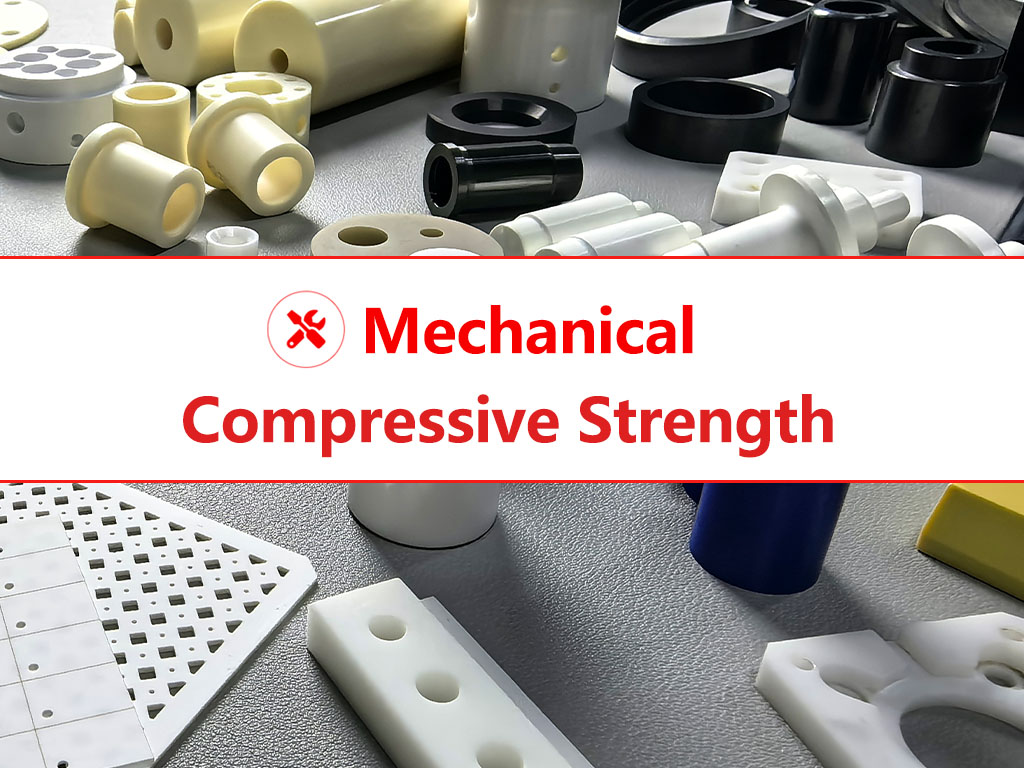Young's Modulus of Advanced Ceramics
Young's modulus, also known as the elastic modulus, is a fundamental property that measures a material's stiffness—its ability to resist deformation under stress. In engineering and high-performance applications, advanced ceramics are widely chosen for their exceptionally high Young's modulus, which translates into superior rigidity, precision, and dimensional stability. This article explores the Young's modulus of key ceramic materials and compares them with metals and plastics.
Skip to
Data | Comparison | Applications | FAQs | Related
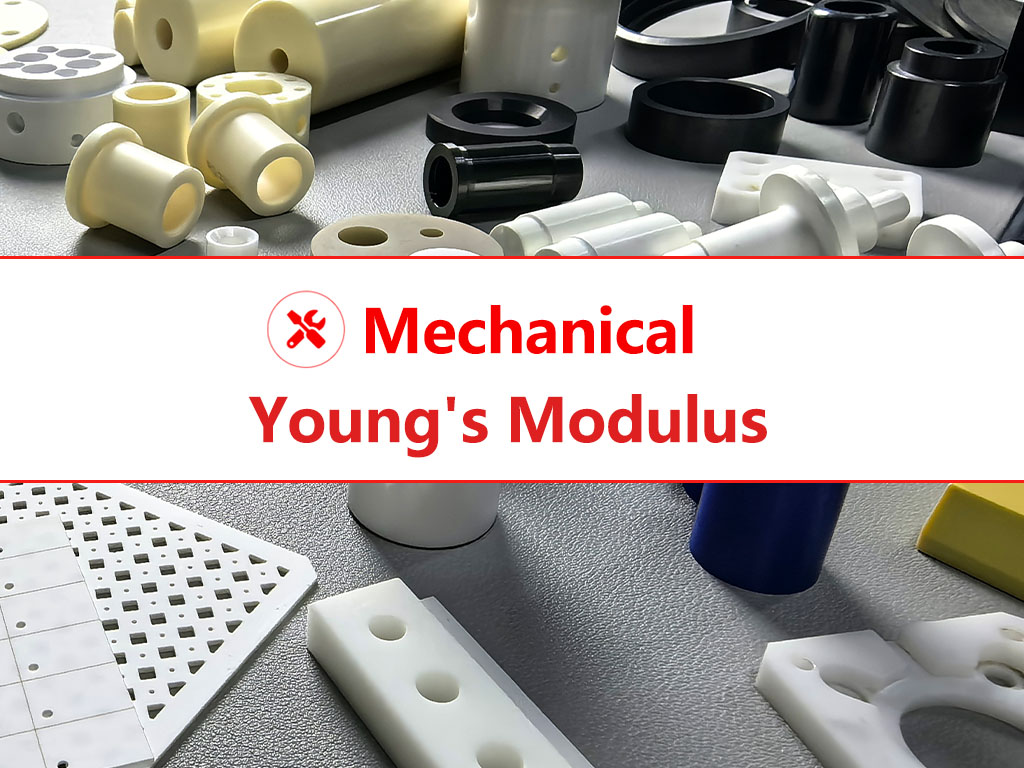
Why Young's Modulus Matters
In industries such as aerospace, semiconductor, energy, and precision manufacturing, stiffness is critical. A higher Young's modulus:
Advanced ceramics often outperform metals and plastics in these areas due to their inherent atomic bonding structures.
Young's Modulus Data of Key Advanced Ceramics
| Ceramic Material | Young’s Modulus (GPa) | Characteristics |
|---|---|---|
| Silicon Carbide (SiC) | 410–450 | Extremely hard, excellent corrosion and wear resistance, high thermal conductivity |
| Silicon Nitride (Si3N4) | 290–320 | High fracture toughness, thermal shock resistance, low density |
| Alumina (Al2O3) | 300–390 | High hardness, good wear resistance, excellent electrical insulation |
| Zirconia (ZrO2) | 200–220 | High toughness, low thermal conductivity, phase transformation toughening |
| Zirconia Toughened Alumina | 280–300 | Improved fracture toughness, good wear resistance, thermally stable |
| Aluminum Nitride (AlN) | 310–330 | High thermal conductivity, electrical insulation, low dielectric loss |
| Beryllium Oxide (BeO) | 300–340 | Very high thermal conductivity, electrical insulation, toxic when powdered |
| Boron Nitride (h-BN) | 30–50 (hexagonal) | Lubricating, thermally stable, electrically insulating |
| Machinable Glass Ceramic | 40–50 | Easily machinable, good dielectric strength, low thermal conductivity |
*Data is for reference only.
Need Help Choosing the Right Ceramic?
Selecting the right high-strength ceramic material is critical to ensuring long-term reliability and optimal performance. Whether you need zirconium oxide, silicon nitride or aluminum oxide-based ceramics, our materials offer industry-leading strength, durability and precision.
Our technical team is here to help – contact us today for expert, customized advice based on your specific needs.
Young's Modulus Comparison: Ceramics vs Metals and Plastics
The bar chart below shows the Vickers Young's modulus for various engineering materials – from super-hard ceramics to common industrial plastics, ranked from high to low.
*Data is for reference only.

